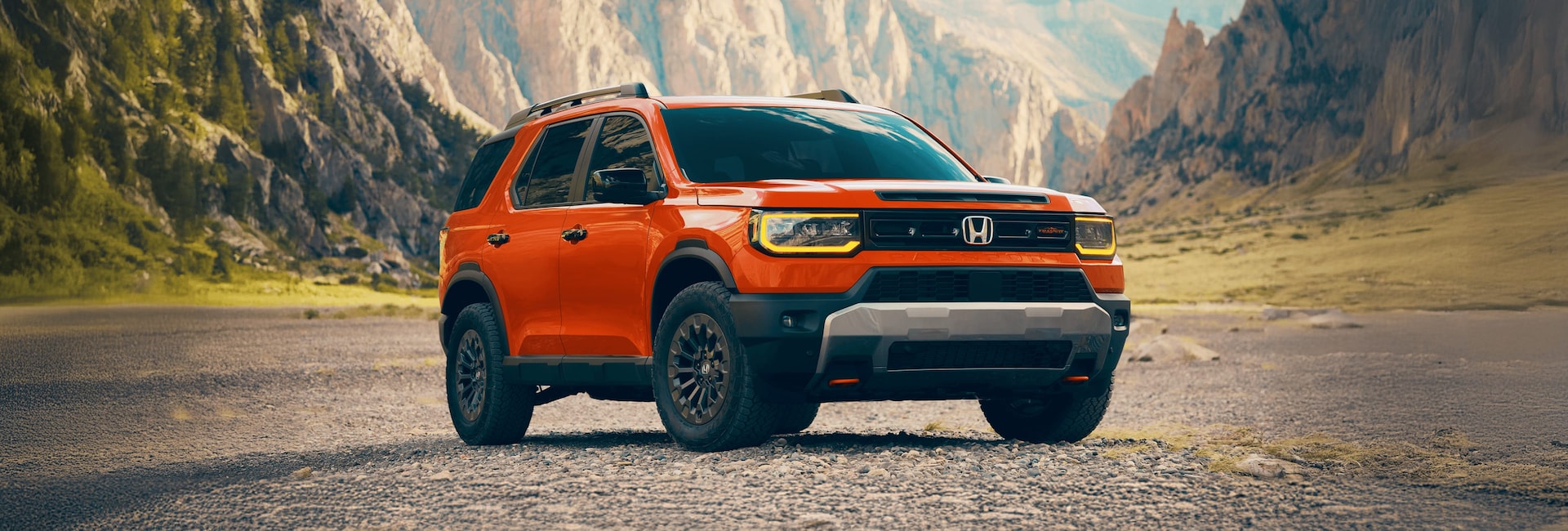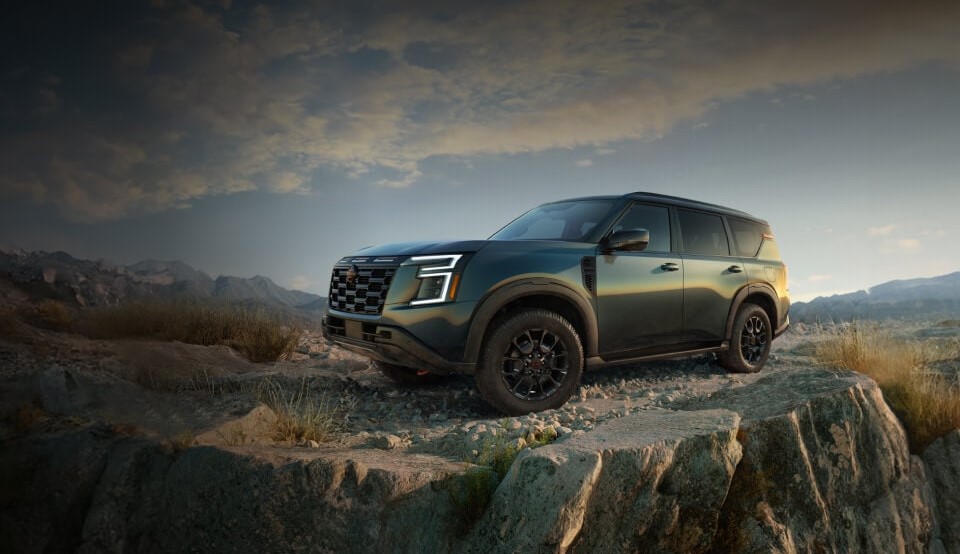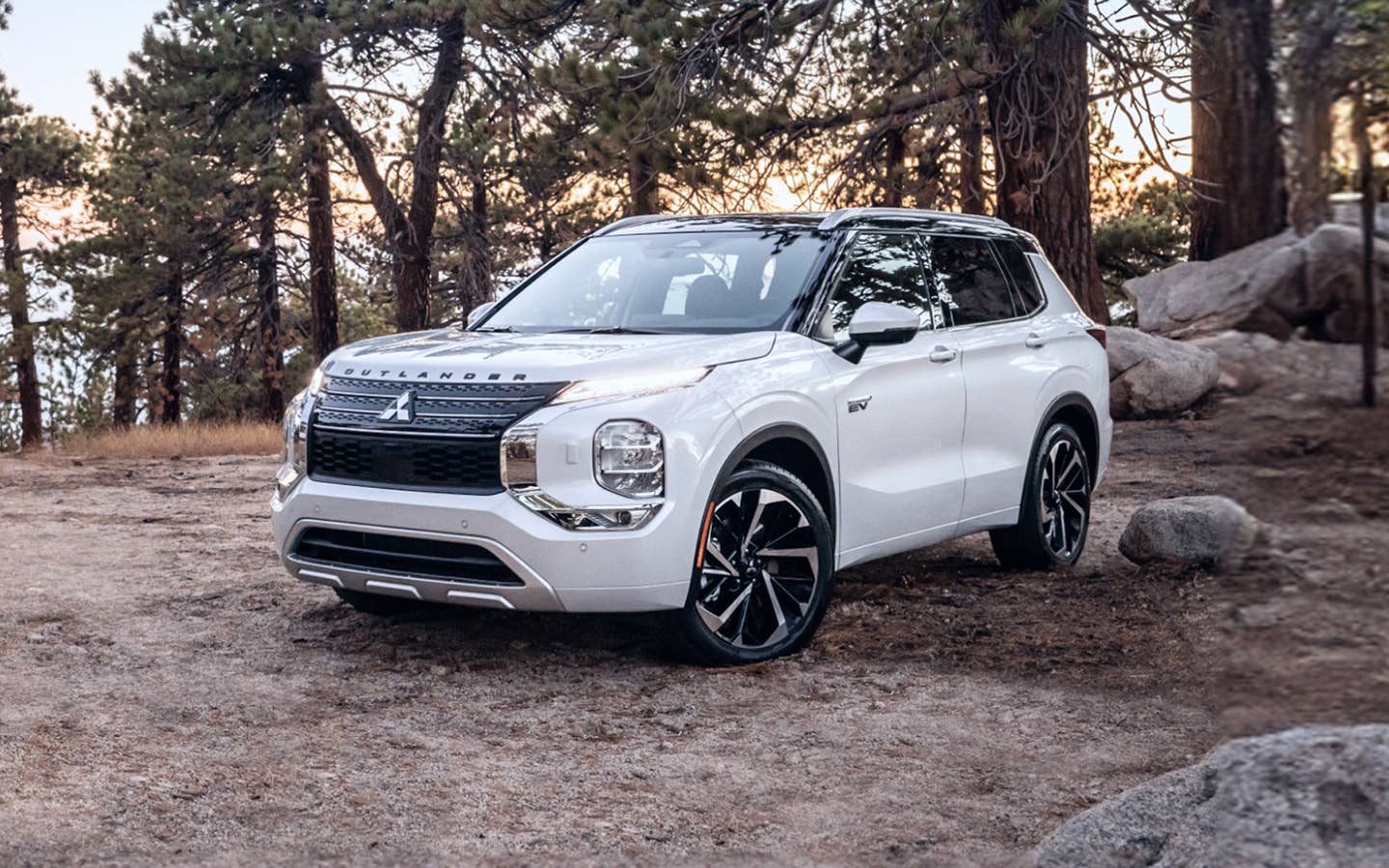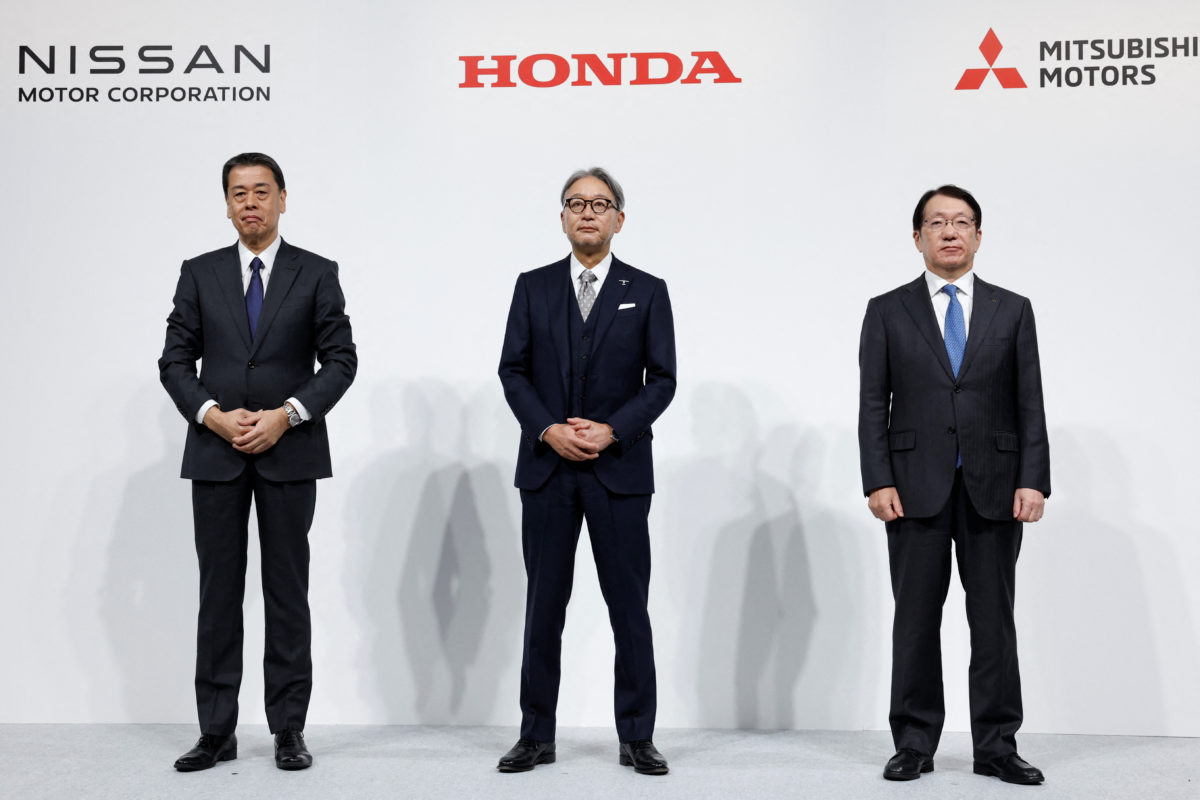In a surprising development, automotive giants Honda and Nissan have reportedly made significant progress toward a merger agreement that industry insiders believe could be finalized by 2026. The arrangement, still in its preliminary stages, is expected to reshape the competitive landscape of the global automotive sector. An invitation to Mitsubishi to join the alliance has added a new dimension to the discussions, which are said to be intensifying behind closed doors. If successful, the potential partnership would mark one of the most prominent consolidations in recent automotive history. Honda, Nissan, and Mitsubishi sold close to 7 million vehicles in 2023 (2024 sales data for each has not yet been released) together, chomping at the heels of Toyota, who posted sales of almost 11 million vehicles for the same period (while total Chinese vehicle sales were close to 30 million, in the process becoming the worlds largest automotive exporter).

Honda 2026 Passport
Rumors about collaboration between Honda and Nissan first surfaced several months ago, fueled by statements from executives hinting at the possibility of shared technology and manufacturing facilities. Observers familiar with the negotiations suggest that the companies see this as an opportunity to streamline operations and reduce research and development costs. Although Honda and Nissan have maintained separate brand identities for decades, market pressures have prompted both firms to explore innovative approaches for surviving in an increasingly crowded global market.

Nissan 2025 Armada
The potential inclusion of Mitsubishi (of which Nissan already owns 34%) in the merger has sparked considerable speculation. Some analysts argue that Mitsubishi’s expertise in electric vehicle development and its manufacturing presence in Southeast Asia could significantly bolster the prospective alliance. Others point to the complexities that might arise from merging three distinct corporate cultures and product lines, especially given Mitsubishi’s close ties with Renault in existing partnerships. Nonetheless, reports indicate that all parties are keen to explore synergies that would enhance their competitiveness on a global stage.

Mitsubishi 2025 Outlander Plug-In Hybrid SUV
If the merger proceeds as envisioned, industry experts foresee potential cost reductions through combined research initiatives, shared engineering platforms, and unified procurement strategies. Honda’s hybrid and hydrogen fuel-cell technology innovation could complement Nissan’s leadership in all-electric models, while Mitsubishi’s experience in plug-in hybrid SUVs might fill strategic gaps. The consolidation of resources could also facilitate swifter adaptation to stringent environmental regulations in key markets, giving the merged entity a stronger footing in the race to develop cleaner transportation solutions.
However, challenges loom on the horizon. Antitrust authorities in several jurisdictions have already signaled their intention to scrutinize any large-scale consolidation in the automotive sector. Critics of the deal believe that reduced competition could lead to higher consumer prices and fewer choices in the marketplace. Regulatory hurdles are expected to be time-consuming, and executives from the three companies will likely need to present detailed plans demonstrating how the merger would preserve fair market conditions and benefit the broader automotive ecosystem.
Should the merger gain the necessary approvals, analysts predict a shake-up in the global automotive hierarchy by 2026, when final agreements might be signed. Both Honda and Nissan are expected to maintain distinct branding, though ventures in production and design could become more visible. If it chooses to join, Mitsubishi will likely bring additional financing and expertise that could accelerate the group’s shift toward alternative propulsion systems.
Read More: Gerber Overland Bundle :: Field Tested
Our No Compromise Clause: We do not accept advertorial content or allow advertising to influence our coverage, and our contributors are guaranteed editorial independence. Overland International may earn a small commission from affiliate links included in this article. We appreciate your support.


